We may earn commissions when you buy from links on our site. Why you can trust us.
Orka Two OTC Hearing Aids Reviewed: Excellent Sound, Poor Battery Life
Man, I so wanted to love the Orka Two RIC (receiver in canal) style hearing aids. Their hearing correction yields natural, clear, and loud results. You get better-than-expected Bluetooth for music streaming and hands-free conversation. Like the in-ear Eargo models and the Zepp Clarity Pixie, the Orka Two price includes product-life audiologist consultations. And, Orka’s three-year warranty is the longest in the business.
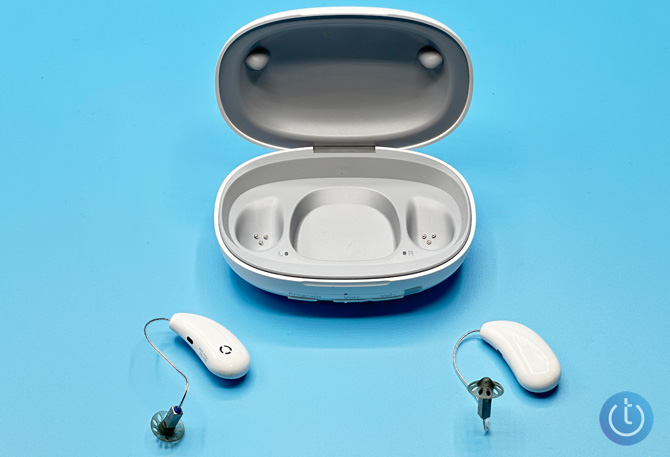
Orka also got three things right that Sennheiser got wrong with its similar Bluetooth-equipped RIC-style All-Day Clear. One, Orka Two includes a full-blown hearing test, which means you don’t have to pay extra for an in-person audiologist test to get the best hearing correction results. Two, the Orka Two carry case can also recharge the hearing aids. And, three, the Orka Two carry case is relatively small enough to stick in a pocket.
But Orka also gets three major things wrong.
First, the Orka Two hearing aid is NOT an FDA-certified over-the-counter (OTC) hearing aid, which may not be as bad as it sounds. The Orka Two is still an FDA-certified Class II medical device, so it is a hearing aid an audiologist would prescribe. Orka Labs simply eschewed the FDA’s OTC certification bureaucracy and acts as an audiologist intermediary to sell the Orka Two directly, instead of through a retailer near you or via an audiologist.
Second, the Orka Two battery life, well, sucks. Orka Two are rated to run for 12 hours, already way shorter than the “all day” 16-18-hour life you’ll get from most OTC hearing aids. But in actual usage, I rarely got 10 hours, necessitating mid-day recharges. If not for this battery life short sheeting, the Orka Two would be my favorite RIC hearing aids.
Third, at $1,899, the Orka Two is too expensive, especially compared to the similarly featured and similarly performing Sennheiser All-Day Clear, even after you add in the cost of the All-Day Clear’s optional in-person audiologist visit. Orka has saved some dough by avoiding the FDA certification process, and it likely has padded its profit margin by selling directly to you, but it has not passed along any of these savings.
These three drawbacks, especially the second and third, keep me from what should have been a more full-throated recommendation of the Orka Two.
Note: The Orka Two is actually the first Orka hearing aid available in the U.S.; the Orka One had larger modules, were less feature-laden, and were available only in Canada.
| + Pros | – Cons |
|
|
Design
At first glance, the white Orka Two look nearly identical to any other RIC hearing aids – a tear drop-shaped microphone/battery module sits behind each ear and the thin speaker wire hooks over your ear and terminates in the “receiver in canal” (RIC) speaker tip that sits in the outer edge in your ear canal.
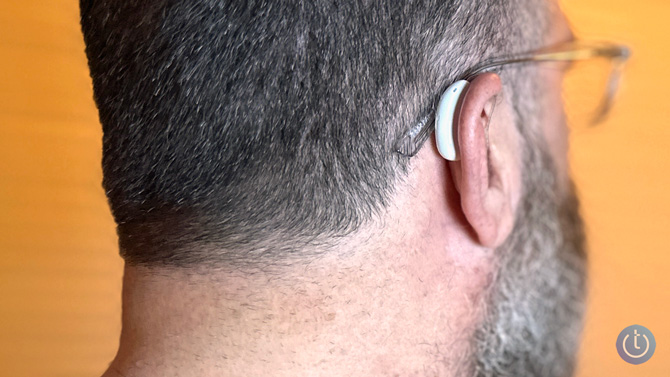
But on closer examination, you’ll notice there are no buttons on either of the Orka Two behind-the-ear modules. Instead, the Orka Two charging case features external remote-control volume up/down and preset program toggle buttons if whipping out your phone isn’t possible (such as when you’re driving) or appropriate (such as if you’re in a meeting or at a social event).
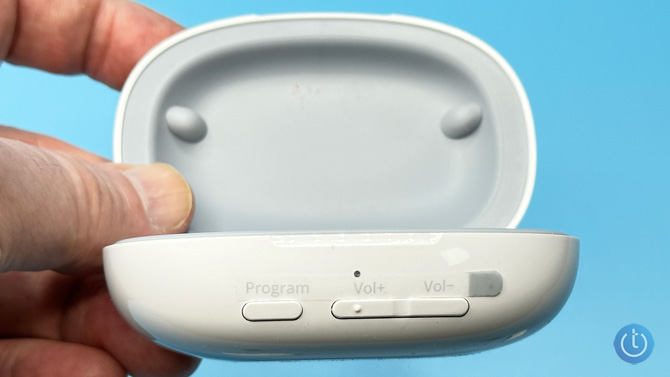
To answer an incoming smartphone call, you simply tap either of the buds.
The Orka Two charging case measures 3.25 x 2.25 x 1.12 inches – not as small as the Eargo or Zepp Clarity Pixie cases, but positively minuscule compared to Sennheiser’s inexplicably enormous and non-charging All-Day Clear case and the bulky and heavy Elehear Alpha Procase. Even better, the Orka Two case can be recharged via a USB-C connection or wirelessly on any Qi charging pad, although I’d reserve this option for overnight charging since wireless charging takes twice as long.
Inside the Orka Two box are a USB-C charging cable, a cleaning tool, and eight sets of small, medium, and large open, closed, and double-flanged ear tip domes. Determining which type and size of dome are best for you is one of the things you’d discuss with your assigned Orka audiologist. Also included are eight wax guard/filter replacement tools necessary to swap out the tiny wax guard filters that keep the receivers ear wax-free. You also get wire-sizing measuring tools, one for each ear.
Setting up the Orka Two
Orka’s app-based hearing test is the usual 5-10-minute “Can you hear this?” series of varying tones at varying frequencies and volume levels, the results of which are then fed into the Orka Two earpieces. You’ll also be asked if you hear “a whistle” – feedback squeal. If you choose “yes,” an algorithm is activated to help reduce feedback. You also get a graph illustrating your hearing condition that the Orka audiologist can also access to help you choose the most appropriate dome tip and other settings.
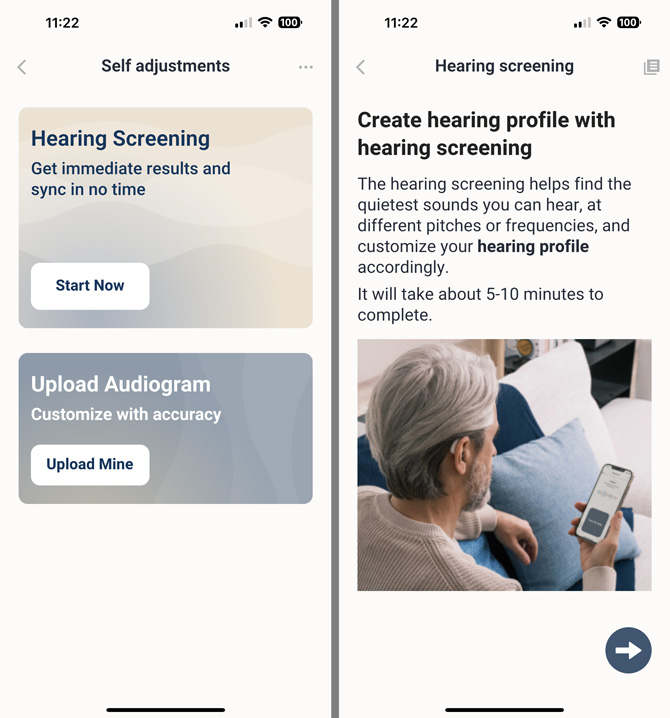
Comfort and performance – especially reducing feedback – of an RIC hearing aid often relies not only on the right ear tip dome but also on the length of the thin translucent cable connecting the behind-the-ear module and the in-ear receiver in relation to the size of your ears and head. Orka is one of the few hearing aid vendors to include wire-sizing measuring tools for each ear. While there are simple instructions for using these wire-measuring tools in the included manual – acquiring the assistance of a second pair of hands and eyes is recommended – this is another thing I’d let your assigned Orka audiologist help you with.
Oh, and if/when you need an Orka audiologist’s help, the app helpfully lets you book a remote session by creating a “Schedule a New Remote Consultation” email request and keeps track of previous appointments for you.
Note that if you use a VPN on your phone, you will have to turn it off before installing the app and registering your Orka Two.
Sound amplification performance
Within the Orka app are two major ambient sound settings: Normal (program 1) and In-Noise (program 2). According to my Orka audiologist, “Normal is what we call an environmental classifier. The hearing aids will automatically adjust for some different environments. It’s automatically going to learn and adapt based on the environments that you’re in. This is typically only found in high-end hearing aids. And then [In Noise] is just much more aggressive noise reduction, like [Normal] but on steroids for noise.”
These automatic sound settings are all the Orka Two app includes. You get no other manual aural adjustments – no EQ, no situational presets such as “restaurant,” “meeting,” etc.
Quite frankly, however, you probably won’t need additional aural adjustments. The Orka Two sound slightly more natural, clearer, and fuller with a wider soundstage than the Sennheiser All-Day Clear, even with the latter’s often confusing array of extra audio adjustments, offered since the Sennheiser’s app hearing “test” is barely that. Even better, critical sounds – voices, mostly – remain crystalline at Orka’s Two’s highest volume settings – their volume range is 1-6 – and remain free of often-unnecessary incidental ambient noise that can mar the Sennheiser’s higher volume settings.
However, after a firmware update, Orka’s aural boosting seems to fade in and out on occasion. A firmware update could address both the uneven performance and battery life issues; I’ll update this review if and when that happens.
Comfort-wise, the Orka Two are as comfortable as RIC hearing aids can be. While they don’t sensorially “disappear” as in-ear models such as the Eargo and Zepp Pixie do after a few hours wear, they remain largely comfortable, depending on which ear tip domes you settle on – the larger domes will likely be more uncomfortable over several hours than small domes. Overall, the Orka Two are light and don’t clink against my glasses temples when walking as the Soundwave Sontro do.
Bluetooth audio
Orka Two uniquely enables multi-device Bluetooth connections – you can pair up to eight devices to them and operate two simultaneously, say your smartphone and your laptop. However, since Apple’s iOS is specifically built with integrated hearing aid-specific compatibility, this multi-device Bluetooth pairing works far better with iPhones, iPads, and Macs, and far less predictably with Android, especially older Android devices.
Music streaming through any Bluetooth-enabled RIC hearing aid should never be considered a severe alternative to standard in-ear, canal-sealing Bluetooth buds or headphones. Tiny RIC hearing aid speakers are not designed to reproduce music, and even if you mute the hearing aids, ambient sounds will mask or outright obliterate details at the high and low end. To get optimum aural results, you’ll have to turn the music volume up to max and the hearing aid volume to 0 when wandering about the noisy world. Therefore, using any Bluetooth-enabled RIC hearing aid for music listening should be your last listening option and should be reserved primarily for quiet situations.
With these caveats in mind, music streamed through the Orka Two sounds fuller with a surprisingly wider soundstage compared to the Sennheiser All-Day Clear.
Incoming conversation on hands-free calls is loud and mostly clear, with the usual ambient noise caveats. After firmware receiver and case updates in late December, co-conversationalists reported I sounded clear and loud as well. Just make sure you manually check for firmware updates for both the receivers and the case since I didn’t get any notification that these updates were available.
Of course, you don’t really need a Bluetooth connection to use or operate the Orka Two as hearing aids, as the case’s remote-control volume and program buttons so easily accessible. And since music listening will severely shorten the Orka Two’s already compromised battery life.
Battery life
As noted, Orka Two’s major operational shortcoming is its rated and relatively short 12-hour battery life, especially since its real-world battery life is far less. By comparison, the Sennheiser All-Day Clear live up to their name by providing up to 16 hours of true all-day battery life, with or without Bluetooth music streaming.
With the Orka Two, at best, you’ll get the rated 12 hours if you sit at home in a quiet room without streaming music or conducting hands-free calls during this duration. But higher volume settings and noisier environments both drain battery life more quickly, Bluetooth music streaming and hands-free conversations even more so.
I tracked battery usage over several weeks and rarely reached 10 hours of battery life. For instance, when I mixed in three hours of streaming music listening, the Orka Two lasted only nine hours. A full day wandering around a noisy Christmas-adorned and tourist-filled Manhattan mixed with an hour of music streaming and an otherwise typical busy workday, indoors and out, resulted in just 9.5 hours of power. On the last day of testing before submitting this review, I got only 8 hours of battery life with just 80 minutes of music streaming mixed in.
Plus, the power-remaining meters seem to be off, as reported in the app. With all these results, the left receiver died before the right, and the right showed 12%, 14%, and even 21% remaining battery life. But in each of these cases, the right receiver then died within minutes of the left. And there is no “low power” warning until just before the receivers blinked out.
Orka Two’s too short battery life means anyone leading a busy life and needing to constantly wear hearing aids will need to regularly set aside midday recharge time to avoid being caught short at the end of the day. Fortunately, the Orka Two fully recharge from zero to full in just an hour and a half; if the buds are only half drained, a midday recharge time will be much shorter.
But even then, Orka’s maximum 12-hour life is way shorter than the competition and inadequate for real-world usage.
Also, bear in mind that, as with all rechargeable hearing aids, over a few years of constant use and recharging, you’ll likely lose 10-20% of lithium battery capacity.
The bottom line
I can rationalize how Orka Two’s ($1,899) true self-fitting capabilities, its excellent corrective audio performance, its on-the-go recharging convenience, its easy access to audiologist support, and its longer three-year warranty could trump its poor battery life and higher price. I could even prefer the Orka Two over the more comfortable in-ear Zepp Clarity Pixie or Eargo models since the Orka Two delivers Bluetooth hands-free call convenience, equal aural performance, and higher volume.
But Orka Two’s poor battery life, high price, and occasionally inconsistent aural performance, are hurdles too huge to overcome to earn a recommendation over the longer-lasting, cheaper, and more operationally reliable Sennheiser All-Day Clear ($1,399).
[Image credit: Stewart Wolpin/Techlicious]
Stewart Wolpin has been writing about consumer electronics for more than 35 years, including news, reviews, analysis and history, and has attended and covered nearly 50 Consumer Electronic Shows and around a dozen IFA shows in Berlin. For the Consumer Technology Association (CTA), he is an elector for and writes the official biographies of the annual CT Hall of Fame inductees, and is the keeper of the industry’s official history.










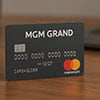





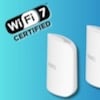
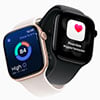
From Daniel Cozak on November 14, 2025 :: 12:57 pm
J’ai acheté l’an dernier un Apple Air Pod 2 au Canada et il est impossible d’activer le test d’audiogramme ç cause de la combine des audiologue professionnel dans ce pays.
Es-ce-que je peux moi-même activé la fonction hearing air de ORKA2 moi-même avec mon audiogramme ?????
Reply